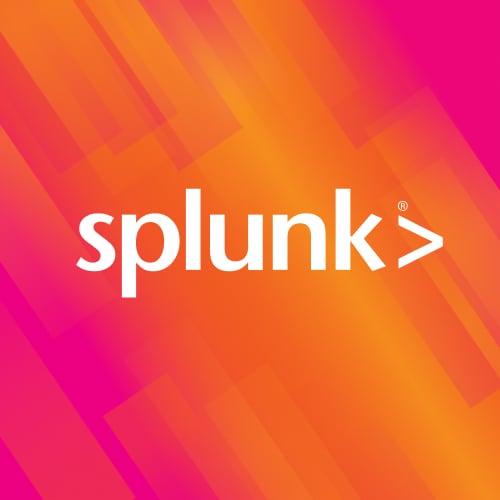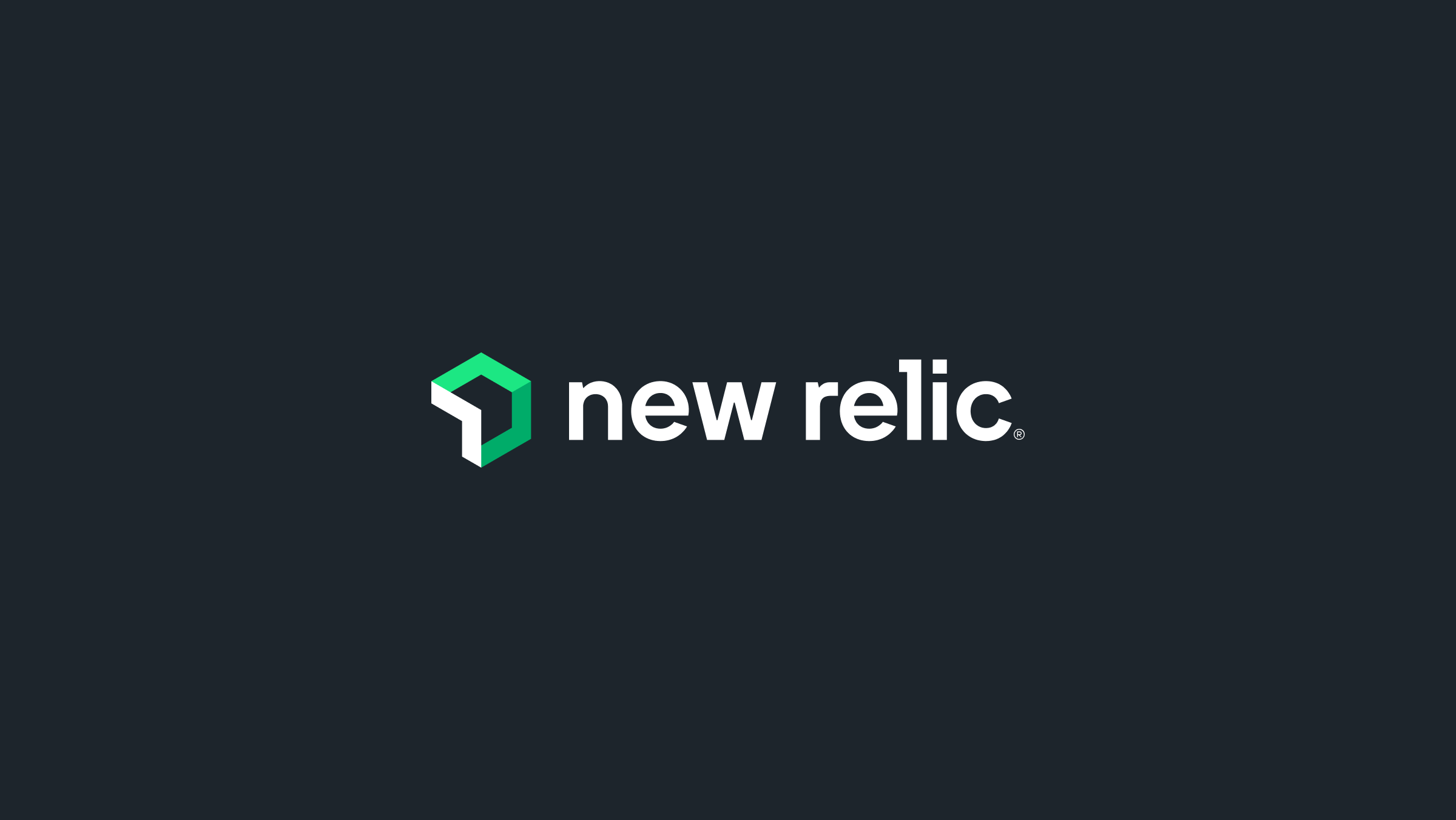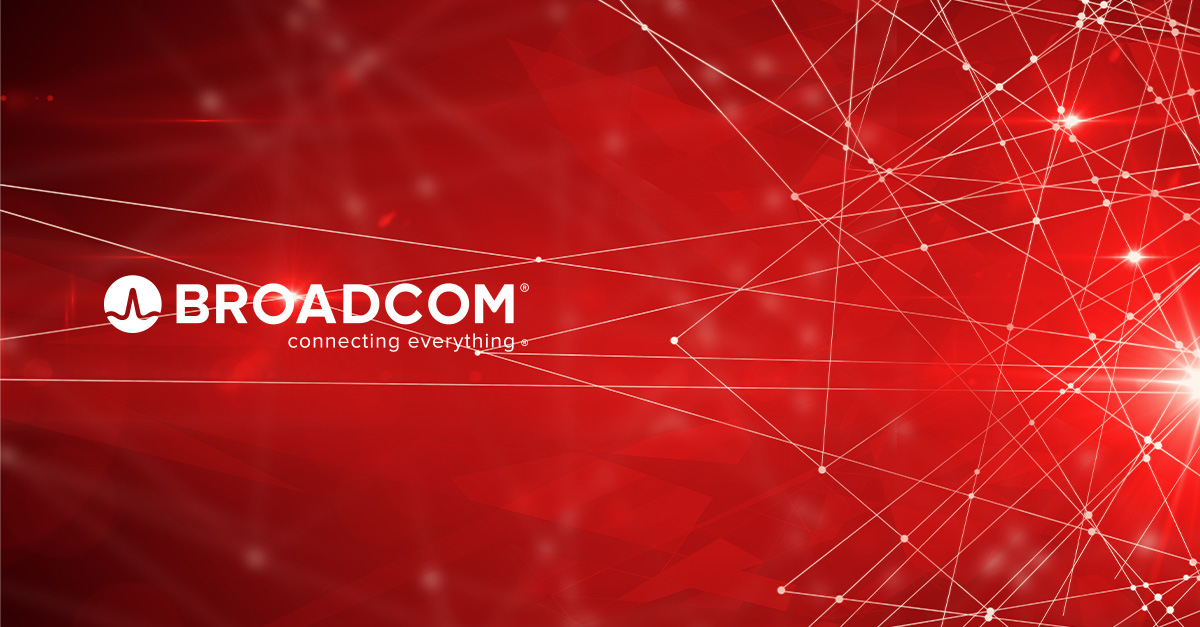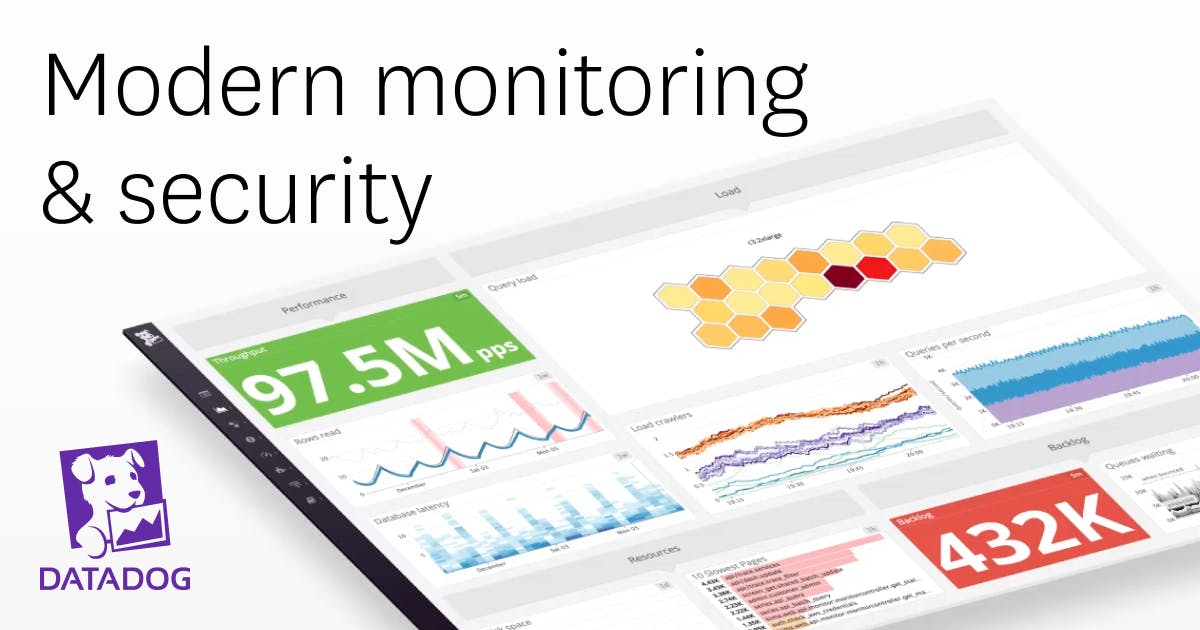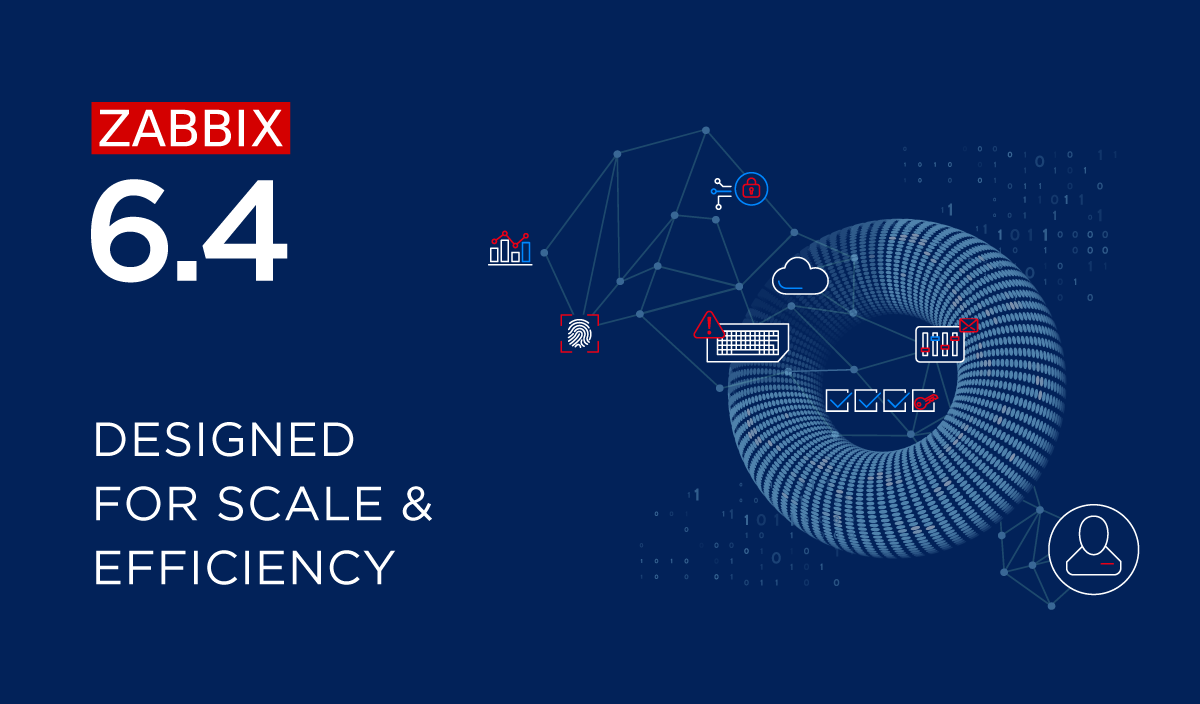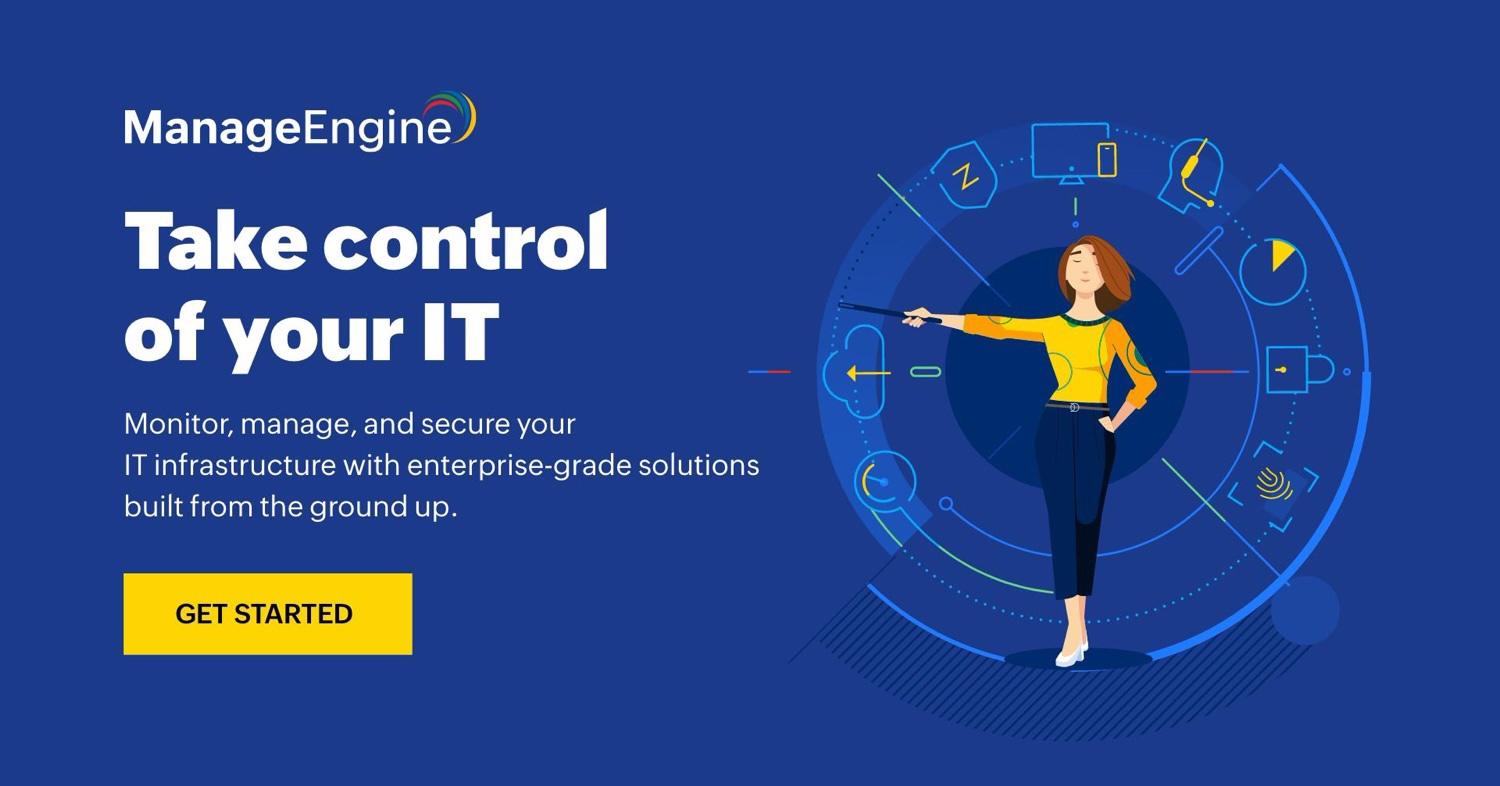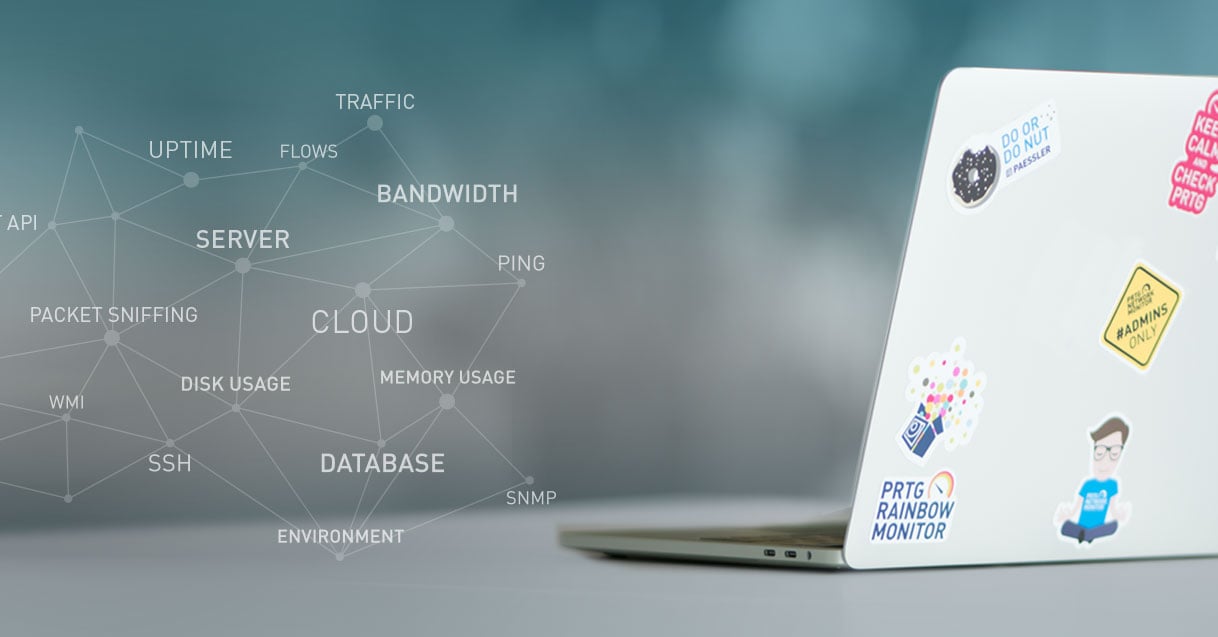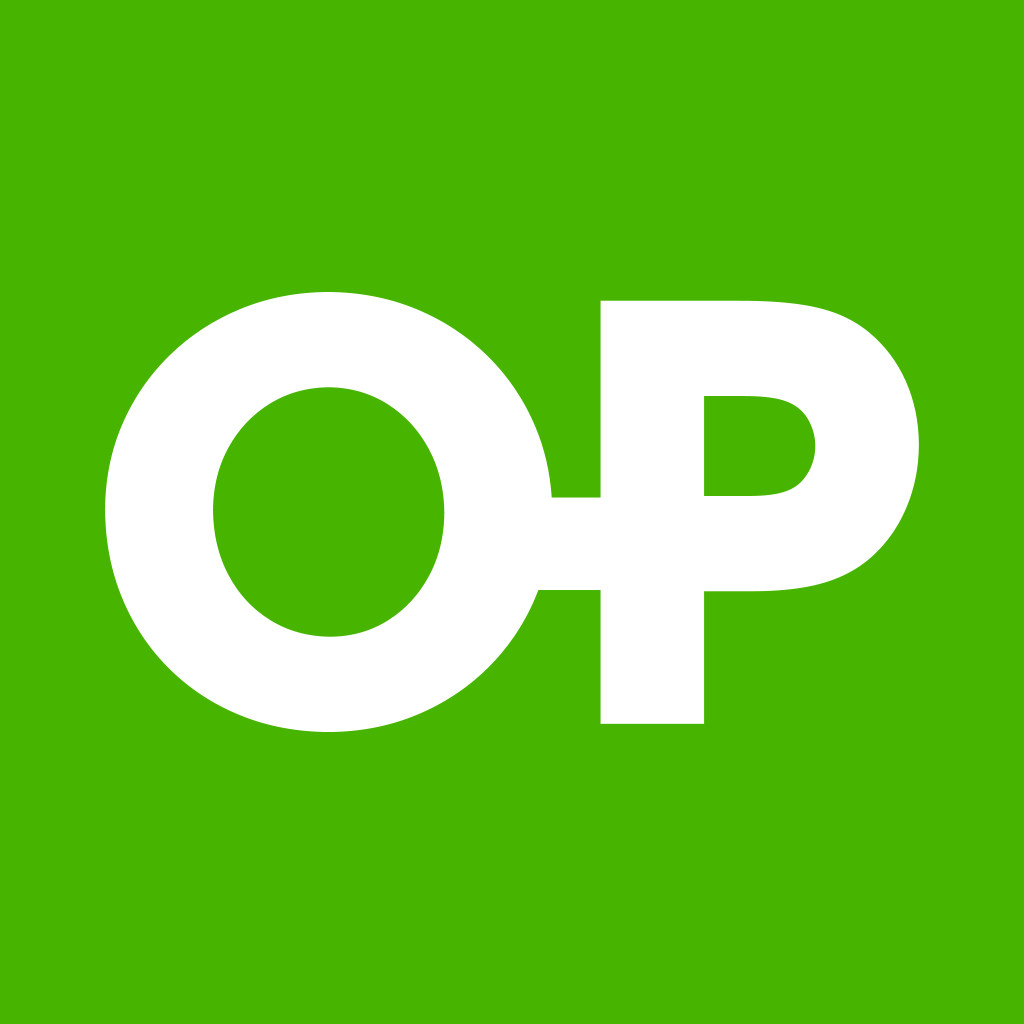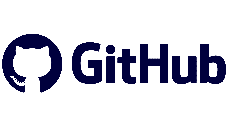Introduction
As businesses continue their digital transformation journey and embrace hybrid working models, the importance of network monitoring and management has significantly increased. An effective network monitoring solution provides IT teams with invaluable visibility into infrastructure performance, dependencies, bottlenecks and issues across physical, virtual and cloud environments. This helps optimize resources, ensure high availability and improve overall operational efficiencies. In this blog, we take an unbiased look at some of the top network monitoring platforms available today and how they compare.
Methods of Evaluation
The featured network management solutions are evaluated based on key product features and functionalities such as monitoring scope and coverage, deployment options, metrics collection, dashboards and reporting, alerting mechanisms, user interface and experience. Additional criteria like pricing, support availability, integrations, community size and overall customer ratings on third party sites are also considered. To provide a more well-rounded perspective, qualitative factors like popularity based on search volumes, keywords usage trends and backlink profiles of vendors are analyzed too.
1. Ganglia
Ganglia is an open-source network monitor for high-performance computing systems such as clusters and grids. It is used to monitor computer clusters and large distributed systems. Ganglia aims to monitor everything from uptime and load average to utilization graphs of CPU and memory.
Pros: Some key advantages of Ganglia include:
– Free and open source which eliminates licensing costs
– Flexible scalability that allows monitoring from a few servers to thousands of nodes
– Graphing and threshold-based alarming for better visualization of cluster performance
– Lightweight design optimized for high-performance computing environments
Cons: One potential disadvantage is that the user interface is more basic compared to some proprietary monitoring solutions.
Pricing: Ganglia is open source and free to use. There is no pricing or support contracts involved.
Some key stats about Ganglia include:
– Supports monitoring thousands of nodes across different platforms
– Actively developed and maintained open source software since 2003
– Used by universities and companies like NASA, Yahoo!, USGS, and Intel
Full featured documentation deployment platformreadthedocs.io
2. Splunk
Splunk is a network monitoring and security software company based in San Francisco. Founded in 2003, Splunk’s platform monitors, searches, analyzes and visualizes machine-generated big data including logs, metrics, performance data and more. Their software helps IT and security teams gain operational intelligence across their entire digital ecosystem.
Pros: Some key advantages of Splunk include its powerful SIEM and log management capabilities for security and compliance, wide support for monitoring systems, network devices and applications, and analytics and reporting capabilities that allow for auditing and compliance assessments.
Cons: A potential disadvantage of Splunk is its high cost, as pricing is based on monitored data volume. Very large organizations with massive data needs may find Splunk’s licensing costs prohibitive.
Pricing: Splunk offers flexible licensing based on the volume of data indexed per day. Pricing starts at around $50 per GB per day for standard licenses.
Some key stats about Splunk include: monitoring data from over 15 trillion events per day for thousands of customers globally, support for monitoring over 225 different technologies, and logging over 100 patents for innovations in log management, search and analytics.
3. New Relic
New Relic is an all-in-one observability platform that helps engineers monitor, debug and improve their entire software stack. Founded in 2008, New Relic has over 15,000 customers including brands like Lyft, Yelp and IMDb.
Pros: Some key advantages of New Relic include:
– Platform approach that allows teams to monitor their entire tech stack including apps, infrastructure and browser-side performance.
– Automatic instrumentation that collects data without needing any code changes.
– Smart alerts based on behavioral baselines that notify engineers of abnormal patterns in their applications.
Cons: One potential disadvantage is that New Relic is quite expensive for larger teams and organizations compared to some open source or cheaper alternatives.
Pricing: New Relic offers various pricing plans depending on features and usage. The basic ‘Standard’ plan starts from $50 per month based on the number of hosts/apps monitored. It also offers ‘Pro’ and ‘Enterprise’ tier plans suited for bigger teams and enterprises.
Some key stats about New Relic include:
– Monitoring for over 100 technologies out of the box such as Java, .NET, PHP, Node.js, Python and more.
– Used by developers at over 15,000 customer organizations worldwide.
– Has over 2.5 million users on its platform.
– Processes over 4 trillion events per day from customer applications.
4. CA Unified Infrastructure Management (CA UIM)
CA Unified Infrastructure Management (CA UIM) is a network management software developed by Broadcom. It provides robust monitoring and management of hybrid IT environments consisting of physical, virtual and cloud infrastructures. Some key capabilities of CA UIM include monitoring of devices, applications and services across networks, automated problem resolution through workflows, and integration with CA Spectrum for additional analytics.
Pros: CA UIM offers robust monitoring and management of hybrid environments, automation and workflow capabilities to resolve issues, and integration with CA Spectrum for additional anomaly detection and analytics capabilities.
Cons: CA UIM has a higher upfront and ongoing licensing cost compared to some open source network monitoring tools. Its management and automation capabilities also have a steep learning curve for new users.
Pricing: Pricing for CA UIM varies based on number of managed devices, instances and metrics collected. It has both annual and monthly subscription licensing options. Custom pricing is available by contacting a Broadcom sales representative.
CA UIM can monitor over 650,000 devices across physical, virtual and cloud environments. It offers out-of-the-box monitoring of over 4,500 applications, databases and middleware components. The software also has over 1,800 built-in monitoring templates that automate the collection of performance metrics.
5. Datadog
Datadog is a monitoring service for cloud-scale applications, providing monitoring of servers, databases, tools, and services through a SaaS-based data platform and UI. It helps development, operations, and business teams understand how their systems are performing, troubleshoot issues and outages, and identify areas for improvement.
Pros: Some key advantages of Datadog include its excellent APM and log management capabilities through application tracing and log aggregation. It also offers strong analytics and customizable dashboards. Datadog allows for seamless multi-cloud deployment and monitoring of applications deployed across multiple cloud environments or on-premises.
Cons: One potential disadvantage is that Datadog’s pricing is based on the number of metrics, logs, and services being monitored, so the cost can scale with the size and complexity of an organization’s cloud infrastructure and applications.
Pricing: Datadog offers free trials and several pricing plans including a Free plan for up to 5 hosts and 200 metrics. Standard pricing starts at $39 per host per month and scales based on the number of metrics, traces, services, and logs processed.
Some key stats about Datadog include monitoring over 1 million servers and supporting deployments in over 10 million development and production environments. It processes over 125 billion metrics and 500 million logs per day from over 50,000 customers worldwide including Comcast, Intel, and Slack.
6. Prometheus
Prometheus is an open-source systems monitoring and alerting toolkit originally built at SoundCloud. It is now a standalone open source project overseen by the Cloud Native Computing Foundation. Prometheus provides a dimensional data model, flexible query language and efficient time series database to monitor systems, applications and services.
Pros: Some key advantages of Prometheus include:
– Open source and free to use with no vendor lock-in
– Agent based or agentless scraping of metrics from endpoints
– Large ecosystem of exporters and integrations for collecting popular app/system metrics
– Fast, low overhead time series storage with efficient compression of multidimensional data
– Simple, powerful and flexible query language for querying across time and label dimensions
Cons: Some potential disadvantages of Prometheus include:
– Lacks out of the box dashboards and more complex alerting capabilities compared to some APM and monitoring tools
– Server scrapes metrics instead of pulling which can cause delays in metric collection compared to push-based architectures
– More operational overhead compared to SaaS monitoring solutions
Pricing: Prometheus is open source and free to download and use. There is no vendor lock-in as the data format is open. However, some commercial Prometheus support and hosted monitoring services are available for a fee from Prometheus service providers.
Some key facts about Prometheus include:
– Used by tens of thousands of users including large companies such as WeChat, Google and Wikipedia
– Over 100 integrated exporters provided out of the box to collect metrics from different application components and systems
– Modern dimensional data model allows for easy aggregation of multiple time series
– Query language allows for flexible queries across dimensional boundaries
– Scales to very large deployments of over 100,000 time series
7. Zabbix
Zabbix is an open source network monitoring software developed in C and PHP. Founded in 1998, Zabbix offers a complete monitoring solution for network monitoring, server monitoring and application monitoring. With over 50 million downloads worldwide, Zabbix aims to be the easiest to use yet most powerful enterprise-class open source monitoring solution.
Pros: Some key advantages of Zabbix include:
– Open source with no licensing costs for unlimited deployments
– Highly scalable, flexible and performs very well even under heavy loads
– Intuitive and easy to setup and configure monitoring with default templates
– Robust alerting mechanisms via notifications, SMS, emails and other channels
– Powerful reporting and analytics via built-in reporting features
Cons: One potential disadvantage of Zabbix could be the learning curve required to utilize its advanced features.
Pricing: Zabbix is available in both free and paid versions:
– The basic free version can support up to 100 network elements
– Commercial subscriptions start from $10 per node per year for support and advanced features
Some key stats about Zabbix:
– Monitors over 500 platforms including Linux, Windows, Cisco etc.
– Supports monitoring of over 1 million metrics per second
– Scales to monitor networks of millions of nodes
– Free basic version that can support up to 100 network elements
– Commercial support available from Zabbix LLC for large deployments
8. ManageEngine OpManager
ManageEngine OpManager is a network monitoring and management solution developed by ManageEngine. ManageEngine is an enterprise IT management software company based in California, US. Founded in 2003, ManageEngine delivers simple and cost-effective network management, security, and remote support solutions to over 60,000 customers across 190 countries.
Pros: Some key advantages of ManageEngine OpManager include:
– Holistic view of IT infrastructure performance
– Configurable dashboards and reports
– Automatic topology and dependency mapping
– Real-time monitoring of devices, apps and services
– Early issue detection through customizable alerts
Cons: One potential disadvantage is that the product has a learning curve for more advanced configurations and customizations. However, ManageEngine provides training and documentation to help users get started easily.
Pricing: ManageEngine OpManager pricing starts from $2.50/device/month for the basic edition. It also offers tiered pricing based on additional requirements. A free 30-day trial is available to test the product before purchasing.
Some key stats about ManageEngine OpManager include:
– Monitors over 125,000+ devices across varied platforms
– Supports bandwidth monitoring on over 25 network protocols
– Helps detect issues within 5 minutes of occurrence on average
– Offers 140+ out-of-the-box device templates for easy discovery and monitoring
9. Nagios
Nagios is open source software that monitors systems, networks and infrastructure. Nagios Core offers basic monitoring capabilities for checking server load, disk usage, and network traffic. It helps identify issues before they impact your users.
Pros: Some key advantages of Nagios include:
– Open source and free to use
– Highly customizable and extensible through optional modules and third party plugins
– Established player with large community support and online resources
Cons: The main potential disadvantage is that the open source Nagios Core has basic functionality out of the box. Advanced features require installing optional modules and plugins, increasing the complexity.
Pricing: Nagios is open source and free to use. For enterprise-grade features, support and training, Nagios Enterprise pricing starts at $2,500/year based on the number of hosts and contacts monitored.
Some key stats about Nagios include:
– Used by over 350,000 organizations worldwide
– Over 20 years of development history
– Available on all major platforms including Linux, Windows, Solaris, AIX, HPUX
– Supports monitoring of over 20,000 different services and device types
Nagios Open Source | Nagios Open SourceDownload Nagios Core.nagios.org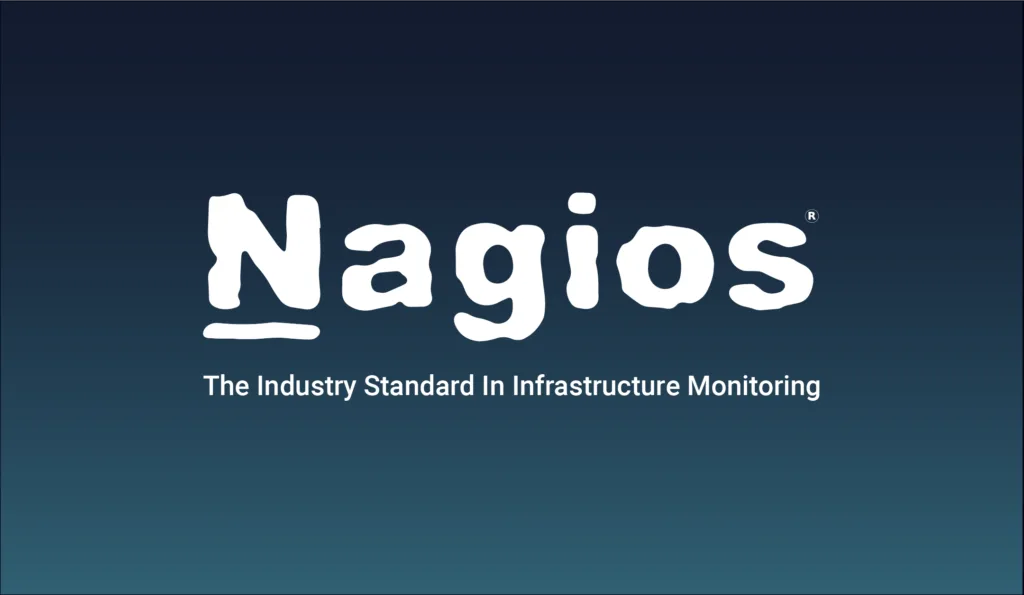
10. Paessler PRTG
Paessler PRTG is a powerful network monitoring software developed by Paessler, a German company founded in 1997. PRTG allows users to monitor their network, servers, applications and infrastructure from a single interface. It is one of the most popular network monitoring tools on the market today.
Pros: Some key advantages of Paessler PRTG include its easy to deploy and use interface, broad monitoring capabilities in a single tool, and affordable pricing for networks of all sizes. The intuitive interface allows administrators of any level to quickly set up customized monitoring. PRTG can monitor nearly any system or application through its extensive protocol support and large sensor library.
Cons: One potential disadvantage is that the free version only allows 100 sensors, which may not provide enough monitoring capacity for large networks. However, PRTG still offers affordable pricing for its commercial versions suitable for most small-medium sized networks and businesses.
Pricing: Pricing starts from free for up to 100 sensors. Commercial licenses begin at $995 per year for 250 sensors and scale upwards based on number of sensors needed. PRTG also offers flexible annual and multi-year subscription options.
With over 200,000 installations worldwide, PRTG allows monitoring of over 5 million sensors. Key capabilities include monitoring network traffic, bandwidth, servers, applications, virtual environments, storage, websites, IoT, VoIP and more. PRTG offers monitoring for networks of all sizes from small businesses to large enterprises.
11. MRTG
MRTG (Multi Router Traffic Grapher) is a free, light-weight bandwidth and network traffic monitoring solution developed by OETIKER+PARTNER AG. MRTG has been monitoring network traffic for over 20 years using the Simple Network Management Protocol (SNMP) to collect statistical data like bandwidth utilization from various network devices including routers, switches, and more.
Pros: Some key advantages of using MRTG include:
– Free to use with no obligations or vendor lock-in
– Lightweight and minimally resource intensive so it can run on low-powered systems
– Easy to deploy and configure for basic network monitoring needs
– Automatically generates graphs showing bandwidth trends over time
– Widely supported protocol (SNMP) means it works with most networking gear
Cons: A potential disadvantage is that as a free and open source project, it may lack some features of proprietary network monitoring solutions. Advanced capabilities like alerting, reporting and large scale centralized monitoring are limited without additional commercial add-ons.
Pricing: MRTG is completely free and open source. There are no obligations or costs to use the basic software for network monitoring and graphing. OETIKER+PARTNER also offers commercial support plans for enterprises needing help with implementation, customizations or integration with other systems.
Some key stats about MRTG include:
– Free and open source software
– Actively developed and supported since 1998
– Monitors a wide range of network devices that support SNMP
– Generates historical graphs showing bandwidth usage over time
– Can monitor hundreds of devices simultaneously
12. WhatsUp Gold
WhatsUp Gold is a network management software developed by Ipswitch. WhatsUp Gold provides IT visibility across physical and virtual environments through automatic device discovery and topology mapping. It can scale from small to medium sized businesses up to large enterprise deployments.
Pros: Some key advantages of WhatsUp Gold include:
– IT visibility across physical and virtual environments through a single console
– Automatic device discovery and topology mapping saves time in inventory and dependency mapping
– Flexible and scalable architecture allows it to scale from SMBs to large enterprises
Cons: A potential disadvantage is that the basic/starter tier has limitations on the number of devices and dashboards that can be monitored which may not meet the needs of very large enterprises.
Pricing: WhatsUp Gold offers different pricing tiers starting from a basic/starter plan suitable for SMBs up to enterprise plans. Pricing is based on the number of devices monitored and additional features/capabilities required.
Some key stats about WhatsUp Gold include:
– Supports monitoring of over 50,000 devices across ON-premises, cloud, and hybrid environments
– Automatically discovers and maps over 15,000 device types including routers, switches, servers, and more
– Can monitor devices across physical, virtual, private and public cloud infrastructure
13. Centreon
Centreon is an open-source IT monitoring and infrastructure management platform. Founded in 2004, Centreon provides unified monitoring and management solutions for physical, virtual, and cloud-based IT infrastructure across private data centers and public clouds. Their flagship product is their namesake IT monitoring software – Centreon.
Pros: Some key advantages of Centreon include: Free open source or paid hosted versions available, providing flexibility and cost-effectiveness. End-to-end monitoring with extensive CMDB integration capabilities. Role-based access control and advanced user permissions for collaboration and delegation. Highly scalable and fault-tolerant architecture for large-scale enterprise environments.
Cons: One potential disadvantage is that as open source software, it requires in-house resources and expertise for setup, customization and ongoing maintenance. Support options are limited for the open source version compared to paid versions.
Pricing: Centreon is available in both open source and commercially supported versions. The open source version can be downloaded and used at no cost. Paid versions include Centreon Broker at $4,000/year for up to 10,000 services monitored and Centreon Central at $7,500/year for up to 25,000 services monitored.
Some key stats about Centreon include: Used by over 23,000 customers worldwide, monitoring over 2 million devices. Supports monitoring over 150,000 metrics, services, applications and much more across physical, virtual and cloud environments. Available in both open source and paid versions, with the open source version available at no cost. Integrates over 150 out-of-the-box monitoring plugins and allows custom plugin development.
14. Ceph SNMP Monitoring
Ceph SNMP Monitoring is network management software developed by Ceph for monitoring Ceph storage clusters. Ceph is an open source distributed storage system designed to provide excellent performance, reliability and scalability.
Pros: Some key advantages of Ceph SNMP Monitoring include: Free SNMP agent that makes Ceph clusters easy to monitor from existing SNMP management frameworks. Scalable performance and capacity monitoring to support rapid storage cluster growth. Integrates with many popular SNMP monitoring solutions that organizations already have in place.
Cons: A potential disadvantage is that Ceph SNMP Monitoring only supports monitoring Ceph storage clusters and not other types of systems. So organizations using other storage technologies would need to use alternative monitoring solutions.
Pricing: Ceph SNMP Monitoring is available free of charge for monitoring all sizes of Ceph storage clusters.
Some key stats about Ceph SNMP Monitoring include: It is free to use for monitoring Ceph clusters. It scales to support very large clusters with hundreds of nodes and petabytes of storage. It seamlessly integrates with popular enterprise SNMP monitoring tools like Nagios, Zabbix and SolarWinds.
15. Graylog
Graylog is an open source log management tool that allows users to centrally collect, process, search, and analyze log data from their systems and applications in real-time. Graylog can collect, analyze and process terabytes of machine data for security, IT operations and other teams to gain useful insights.
Pros: Key advantages of Graylog include:
– Open source and free to use with no vendor lock-in
– Easy to deploy and handle large volumes of machine data
– Powerful search and analytics capabilities for real-time exploration
– Built-in alerting, reporting and visualization dashboards
Cons: The main disadvantage is that as open source software, it requires more technical capabilities and resources to deploy, configure and maintain compared to SaaS log management tools.
Pricing: Graylog has both open source and commercial licensing options. The open source version can be downloaded and installed for free. For enterprises, Graylog offers support and other services on a subscription basis starting at $6,000 per year.
Some key stats about Graylog include:
– Collects and stores petabytes of machine data
– Used by over 10,000 companies globally
– Can ingest hundreds of thousands of events per second
– Includes built-in dashboards, alerts and reporting
Conclusion
While there is no single best solution, the above platforms represent some of the most popular and reliable choices for network monitoring used by businesses worldwide. Choosing the right fit requires understanding unique infrastructure needs, scale of deployment, technical expertise, support requirements and of course, budget. A free trial is highly recommended to experience first-hand how the products work before making the investment. With the right selection, organizations can gain unmatched visibility and control over their hybrid networks to ensure optimal performance at all times.




